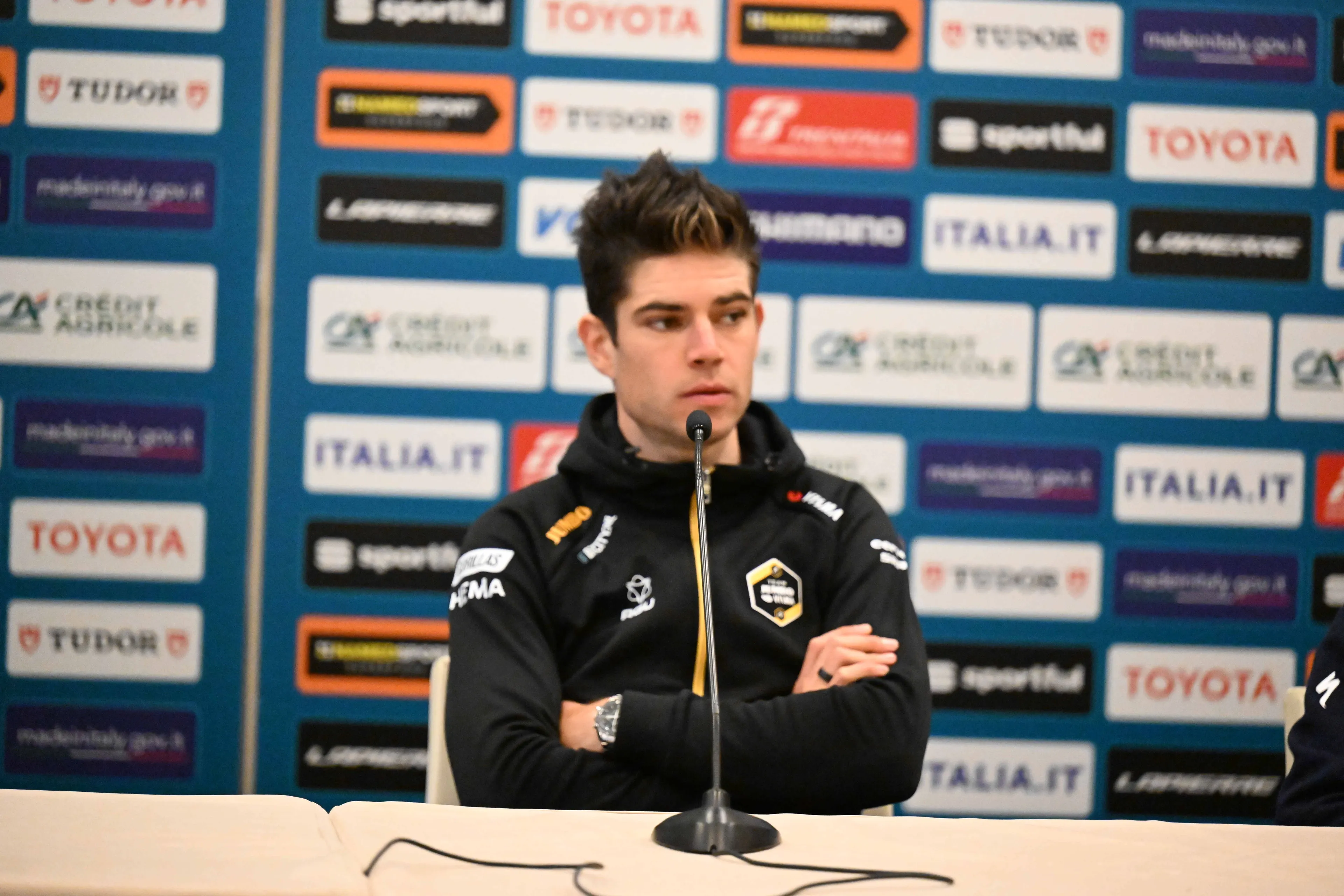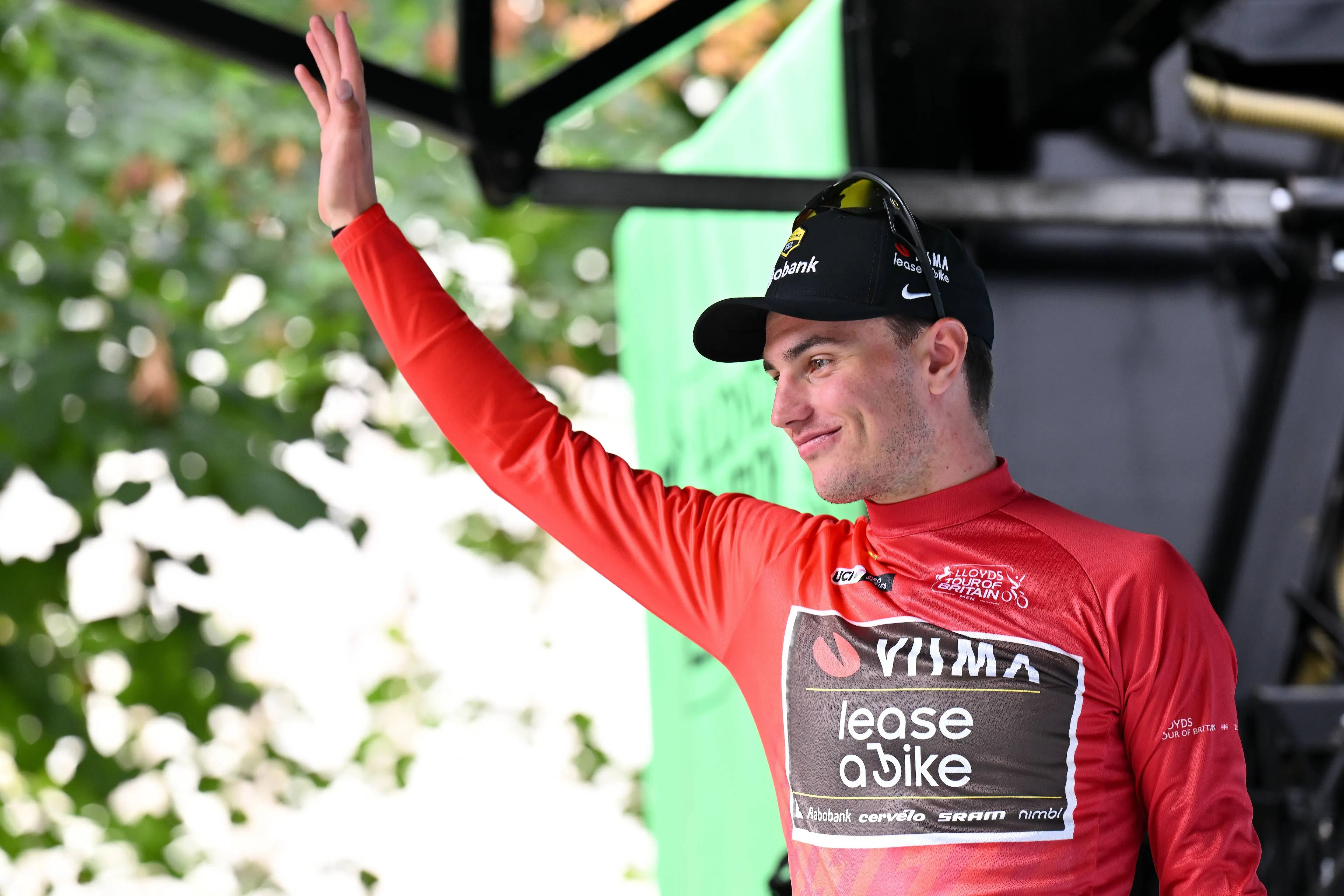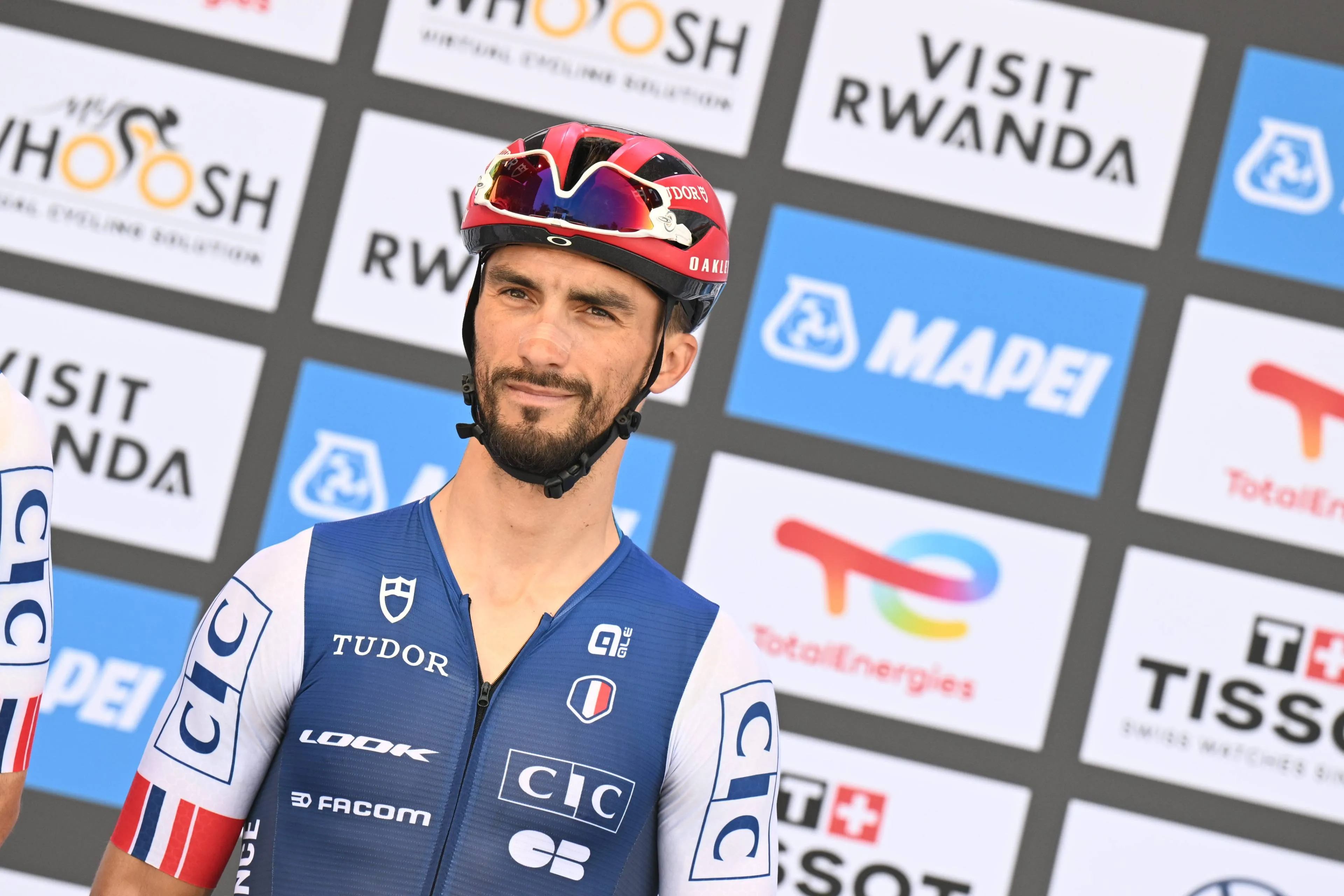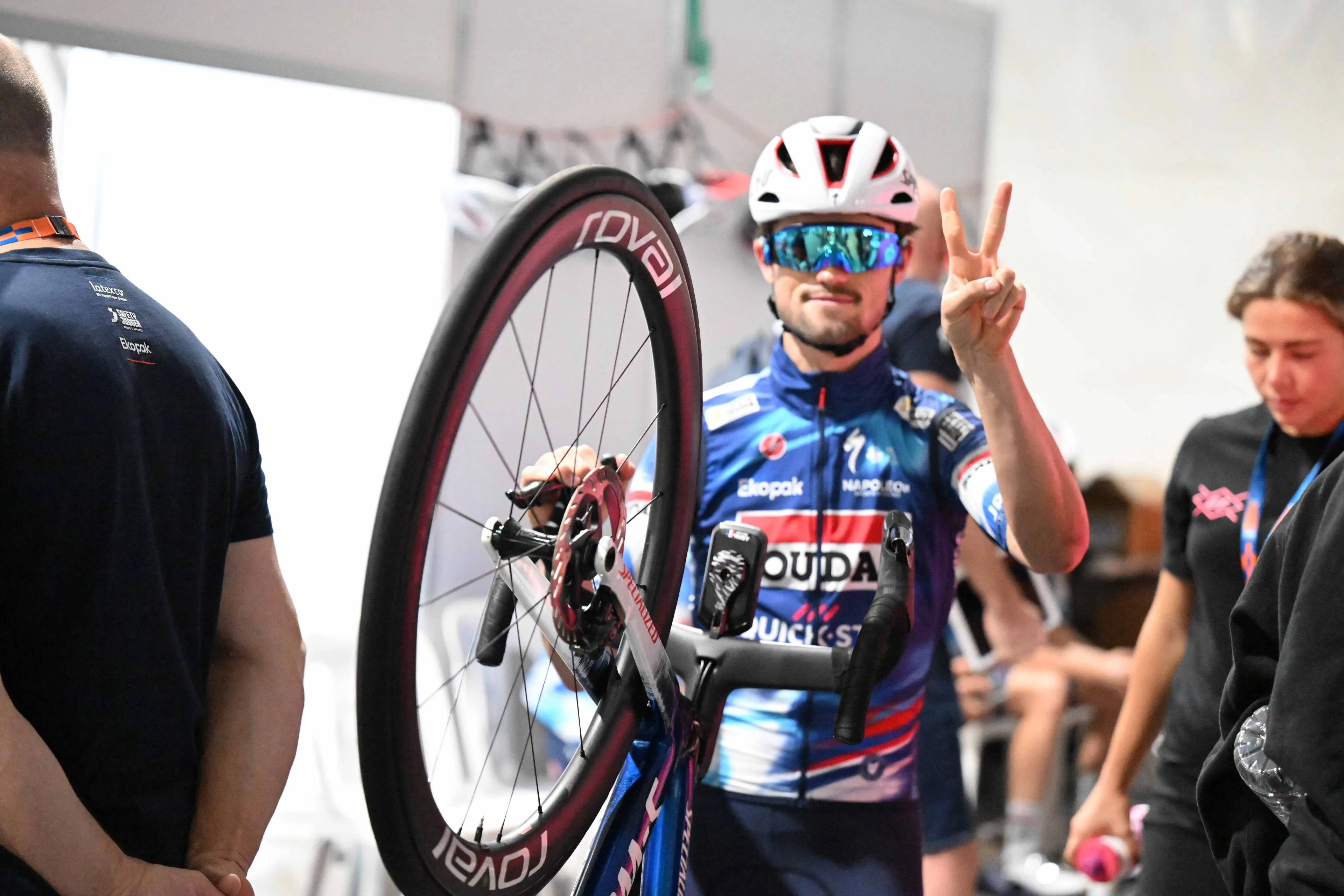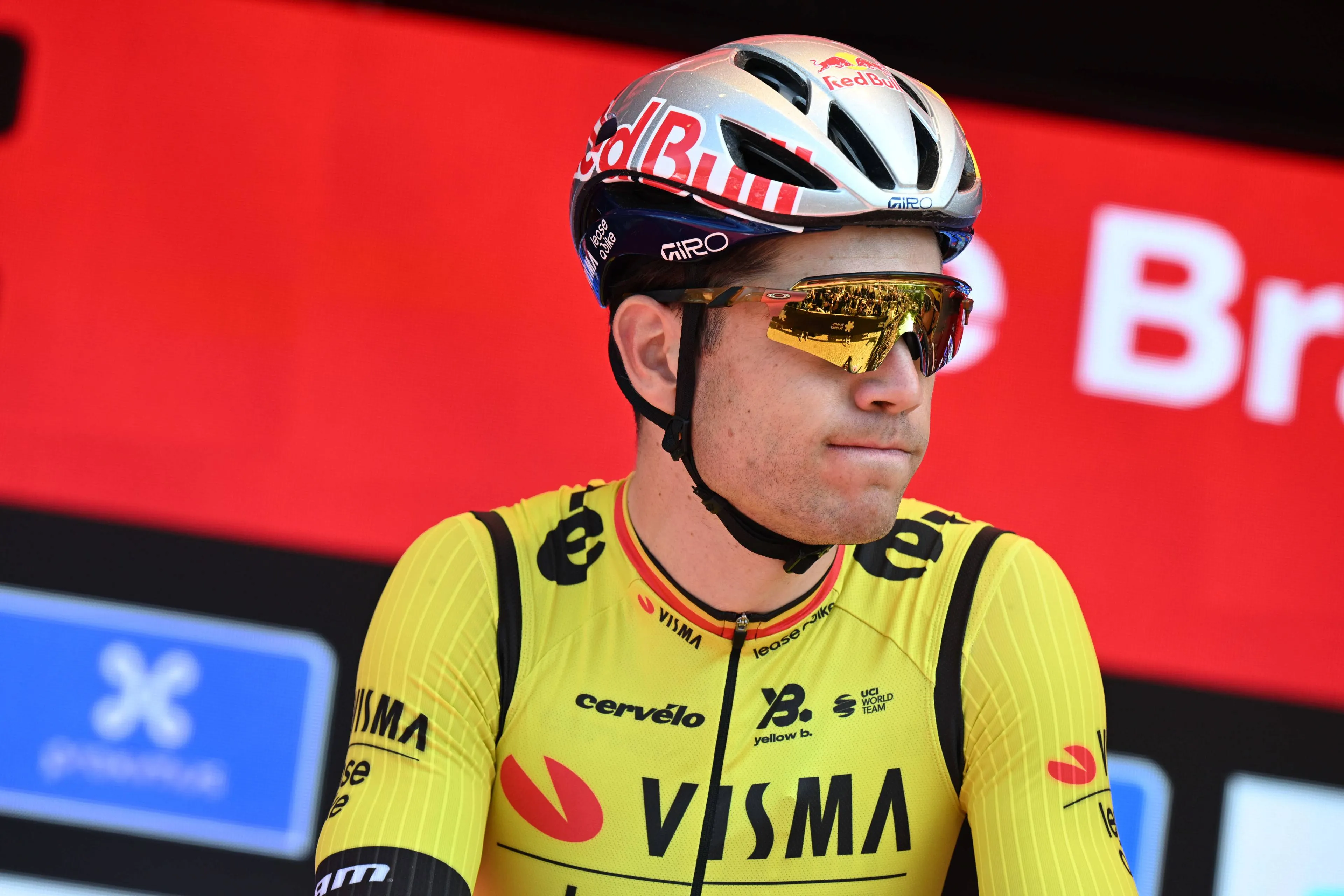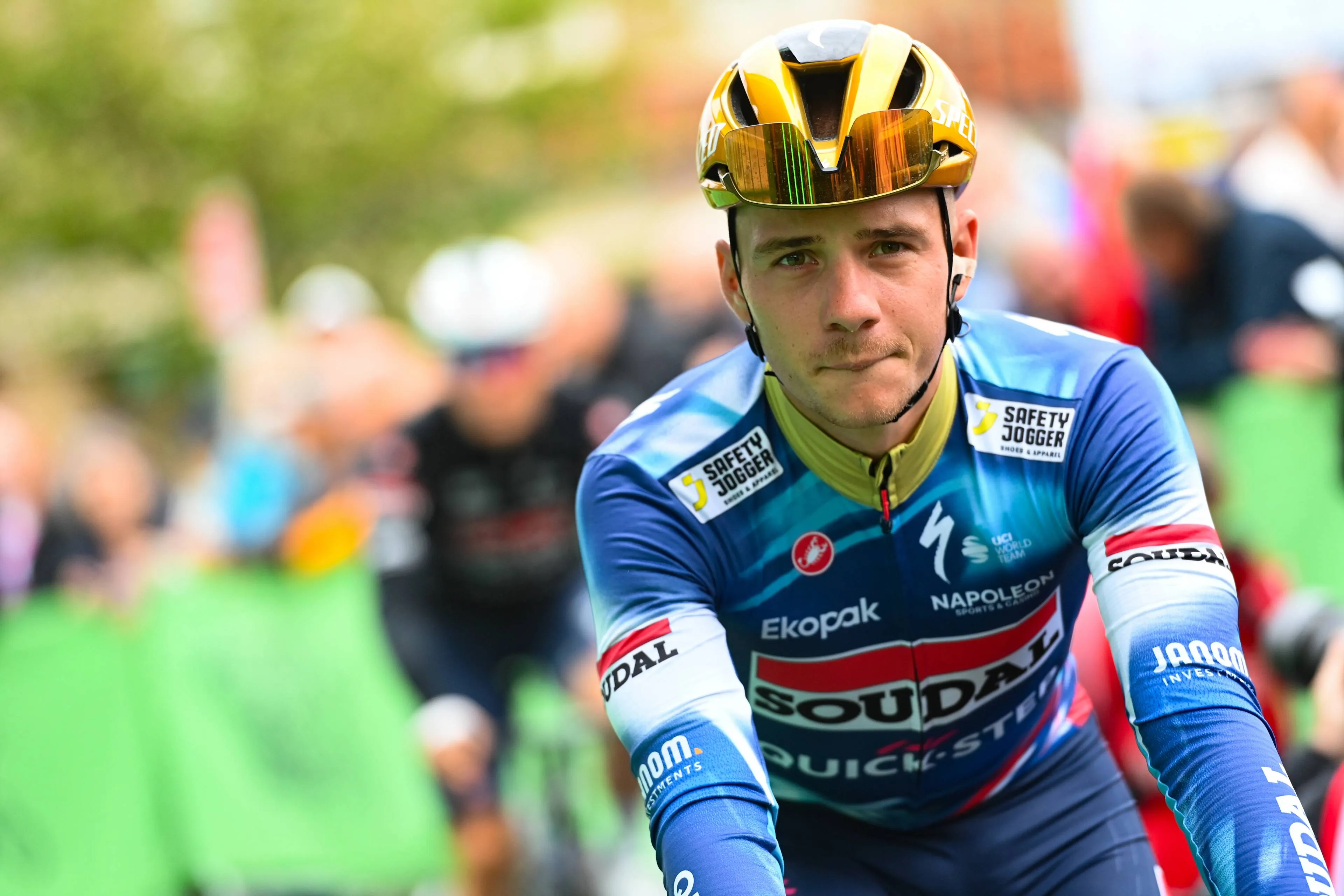"Finishing a race with a cold or corona. I am strictly against that" - Accumulated cases of heart problems in cycling
CyclingWednesday, 13 December 2023 at 15:00

Five professional cyclists have already had to end their careers prematurely in 2023 due to heart problems. Heinrich Haussler, current Head of Sport at BORA - hansgrohe, is one such case and his story still brings a frown to the forehead.
During the Covid-19 phase in 2022, Haussler caught the virus in the summer. A professional rider in the peloton at the time and aiming to be nominated for the World Championships in Australia, the country of his birth, Haussler took part in the Deutschland Tour during his illness and rode it to the end. As a result, heart problems kept occurring during his daily training routine and he also experienced arrhythmia during the race at the World Championships. He held on to the team car for around two minutes, but then also drove to the end of the race.
Read also
Previously, Haussler had only experienced heart problems once during training in 2020. However, as the situation did not return to normal after the World Championships in Australia, he was given a break by the team doctor. Haussler then wanted to get going again, but once again his heart threw a spanner in the works, so he was obliged to take strict rest by the team doctor. Haussler told the Badische Zeitung newspaper: "I was sitting at home on the couch. After a week, I thought: I have to go for a relaxed run. What should happen? That's when I collapsed."
He was then diagnosed with ventricular tachycardia, which ultimately put an end to his career, as it was a life-threatening cardiac arrhythmia. However, Heinrich Hausslerk is an exceptional case - another four professional cyclists, including Nathan Van Hooydonck, Wesley Kreder, Niklas Eg and Sep Vanmarcke, had to end their careers due to heart muscle abnormalities, heart attacks, arrhythmias and palpitations.
Read also
Drivers have been sensitized
Dr. Ortwin Schäfer, head physician at BORA - hansgrohe, admits that the publications have made riders more aware. Schäfer has been involved in cycling for many years and is investigating whether professionals who ride for years under maximum stress are more susceptible to various heart problems at some point. This requires individual differentiation, he says, because the cardiovascular system is very complex and you have to look at a wide variety of parameters on a case-by-case basis. Congenital heart disease, acute myocarditis, life circumstances, medication or even possible doping are factors that need to be taken into account. Unfortunately, many riders do not disclose their diagnosis, which does not make the situation any easier.
In general, sport is "the best pill that can be prescribed", but Schäfer is also increasingly asking himself whether "high-intensity exercise over a long period of time can overstress the cardiovascular system". According to current observations in elite sport, however, an answer is not possible. There are only indications that top athletes have a two to ten times higher risk of atrial fibrillation than the normal population - depending on the results of a study. Their coronary arteries are more often calcified and there are more scarring changes to the heart muscle. The most recently affected riders, who had to end their careers, often trained with high volumes and high loads from an early age. Of course, sport is healthy, Schäfer said: "This is all the subject of current research, but nobody can say whether the curve will turn at some point."
Read also
"Having a cold or finishing a competition with coronavirus. I am strictly against that".
As the world governing body, the UCI is very well positioned when it comes to the early detection of heart problems: blood tests are carried out four times a year to determine inflammation and stress levels. Before the start of each season, each individual professional cyclist must undergo a comprehensive screening with a resting ECG and alternating annual cardiac ultrasound and exercise ECG. However, there is no definition of how a cardiac ultrasound must be carried out. "You can measure a thousand things, but standards need to be set for what is important in sport," emphasizes Schäfer. He himself also carries out a so-called strain analysis (deformation analysis of the heart) on both athletes and would like this to become mandatory as soon as possible.
The reasons for Heinrich Haussler's illness are still unclear, but one thing has now become clear to him: "Having a cold or finishing a competition with corona. I am strictly against that!" Based on the experiences that led to the end of his professional career, he would strongly recommend this to everyone, because there is still life after that.
Read also
claps 1visitors 1
Just in
Popular news
Latest comments
- Have a happy retirement, Simon. Not expecting this ...but well, you're leaving at the pinnacle of your careermhfrvz07-01-2026
- Talented, elegant rider. Enjoy your life, Simon! all the best.
 maria2024202407-01-2026
maria2024202407-01-2026 - Always came across as a great human being, his interviews typically had him with this private smile, friendly but also amused at the whole situation, and his ability as a rider let us see him pretty often in those interviews. Two grand tours, a spectacular letdown in a third, and solid riding throughout his career. I've enjoyed watching him throughout his career, and wish him the best with what comes next. Also, what, only one Yates in the peloton? How can that be?!RidesHills07-01-2026
- The oldest racket on Earth (in buisness) is convincing you that your cycling life( fill in a thousand other things) will approach pro level if you you buy their 15 pound titanium carbon rocket ship.The amount of fat ass 50 and 60 somethings riding these things is exactly the same as the old fart in a Ferrari trying to stave off father time with wads of cash.Good for Gaimon speaking about this weenie weight psychosis deliberately foistered on the consumer. Good for State as well.
 Brucegel07-01-2026
Brucegel07-01-2026 - Congratulations to Simon on a fantastic career, and respect to him for choosing this time to retire.
 santiagobenites07-01-2026
santiagobenites07-01-2026 - Out of the blue came this..
 leedorney07-01-2026
leedorney07-01-2026 - Quite unfair to say this..
 leedorney07-01-2026
leedorney07-01-2026 - He went at his very peak level achievement. But i think todays sport is shortening the life of a rider at the very top which except for some super responders or Talented riders not many can matchabstractengineer07-01-2026
- Their mainstay is going to be Tim Merlier for sprint wins and others for some breakaway wins. They will not figure in the monuments or the GC GTsabstractengineer07-01-2026
- Remco although a great rider, he doesn't have the temperament of a champion. The moment he loses a race, he becomes negative and it hurts his chances. The only way he can win is if Pogi gets hurt.PogiFan2Day07-01-2026
Loading
Was könnte die Ursache sein? Die Rad-Szene rätselt über die plötzliche Häufung schwerer Herzprobleme bei Profi-Radfahrern. Fünf Fahrer mussten allein in diesem Jahr aufgrund teils gravierender Herzprobleme ihre Karrieren beenden n-tv.de/sport/Radsport…
1 Comments

